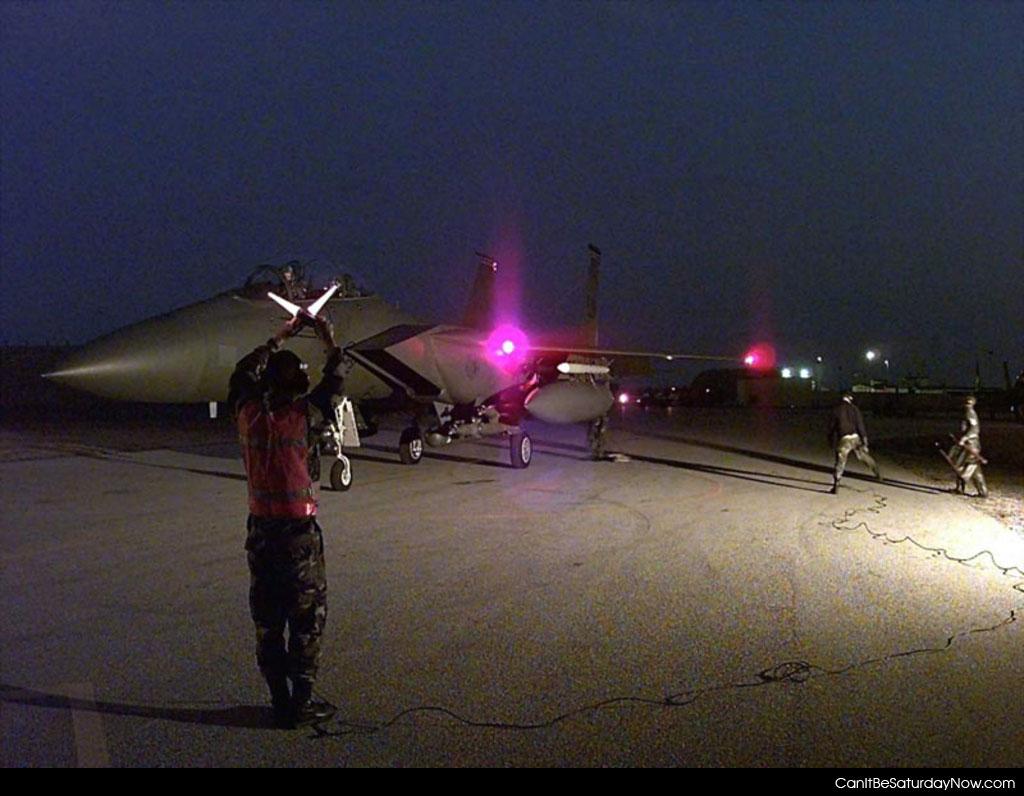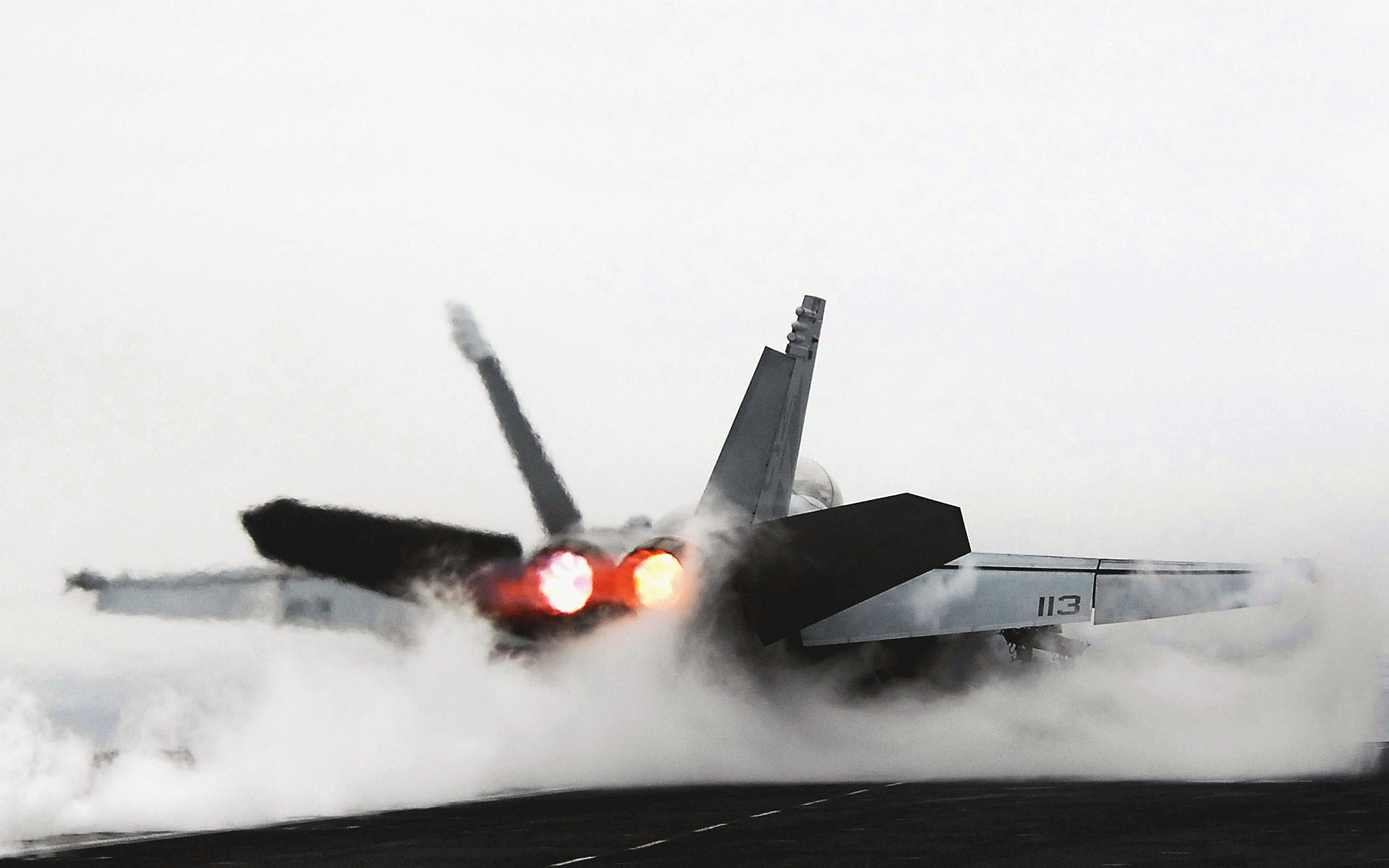Jet Take Off: The Ultimate Guide To Understanding Aircraft Departure
Jet take off is one of the most thrilling moments in aviation history. It marks the transition from ground to air, showcasing the incredible engineering behind modern aircraft. Whether you're a frequent traveler or an aviation enthusiast, understanding the intricacies of jet take-off can deepen your appreciation for this remarkable process.
Imagine sitting in a sleek, modern jetliner as the engines roar to life. The anticipation builds as the aircraft accelerates down the runway, preparing for that pivotal moment when it lifts into the sky. This process is not just about power and speed; it involves a complex interplay of physics, aerodynamics, and technology. In this article, we will explore every aspect of jet take-off, from its mechanics to the factors that influence it.
Our goal is to provide you with a comprehensive understanding of jet take-off, ensuring you are well-informed about this critical phase of flight. By the end of this article, you'll have a clearer picture of what happens during take-off and why it's such an essential part of aviation.
Read also:Gaz Minis The Tiny Marvels Taking The World By Storm
Table of Contents
- Introduction to Jet Take Off
- Physics of Take Off
- Factors Affecting Take Off
- Types of Jet Aircraft
- Pre-Take Off Procedures
- Role of Pilots in Take Off
- Common Challenges During Take Off
- Statistics and Data
- Safety Measures
- Future of Jet Take Off
Introduction to Jet Take Off
Jet take-off is the process by which an aircraft transitions from being stationary on the ground to achieving sustained flight. This phase is crucial for ensuring a safe and efficient journey. The process involves several stages, each requiring precise coordination and execution.
Understanding the basics of jet take-off begins with recognizing the role of thrust, lift, and drag. These forces work together to propel the aircraft into the air. Pilots must carefully manage these forces to ensure a smooth and controlled ascent.
What Happens During Jet Take Off?
During jet take-off, the engines generate maximum thrust, propelling the aircraft down the runway. As the speed increases, the wings generate lift, counteracting the force of gravity. Once the aircraft reaches the necessary speed, the pilot pulls back on the control column, lifting the nose and allowing the aircraft to become airborne.
Physics of Take Off
The physics of jet take-off involves several key principles. Newton's laws of motion, aerodynamics, and fluid dynamics all play a role in this process. Understanding these principles can help explain why certain conditions are necessary for a successful take-off.
Key Principles Involved
- Newton's Third Law: For every action, there is an equal and opposite reaction. This principle explains how thrust generated by the engines propels the aircraft forward.
- Bernoulli's Principle: As air flows over the curved surface of the wing, it creates a pressure difference that generates lift.
- Drag: The resistance encountered by the aircraft as it moves through the air must be overcome by sufficient thrust.
Factors Affecting Take Off
Several factors influence the success of a jet take-off. These include weather conditions, runway length, aircraft weight, and engine performance. Each factor must be carefully considered to ensure a safe departure.
Weather Conditions
Weather plays a significant role in jet take-off. Wind speed, direction, temperature, and precipitation can all impact the performance of the aircraft. For example, tailwinds can reduce the effective speed of the aircraft, requiring a longer runway for take-off.
Read also:Marte The Ultimate Guide To Unveiling The Mysteries Of Mars
Types of Jet Aircraft
Jet aircraft come in various sizes and configurations, each designed for specific purposes. From commercial airliners to private jets, the design of each aircraft influences its take-off characteristics.
Commercial Jetliners
Commercial jetliners are designed to carry large numbers of passengers over long distances. Their size and weight require longer runways and more powerful engines to achieve successful take-off.
Pre-Take Off Procedures
Before a jet can take off, several pre-flight procedures must be completed. These include conducting safety checks, ensuring proper fueling, and verifying weather conditions. Pilots must also communicate with air traffic control to coordinate departure times and runway assignments.
Importance of Safety Checks
Safety checks are vital to ensuring a successful take-off. These checks involve inspecting critical systems such as engines, landing gear, and navigation equipment. Any issues discovered during these checks must be addressed before the aircraft can depart.
Role of Pilots in Take Off
Pilots play a crucial role in the take-off process. They are responsible for managing the aircraft's systems, coordinating with ground personnel, and making real-time decisions based on changing conditions. Their expertise and experience are essential for ensuring a safe and efficient departure.
Training and Experience
Pilots undergo extensive training to prepare for the challenges of jet take-off. This training includes simulations, theoretical knowledge, and hands-on experience. Continuous education and certification are also required to maintain proficiency.
Common Challenges During Take Off
Despite careful planning and preparation, challenges can arise during jet take-off. These challenges may include technical malfunctions, adverse weather conditions, and unexpected runway obstructions. Pilots must be prepared to handle these situations quickly and effectively.
Technical Malfunctions
Technical malfunctions can occur during take-off, requiring immediate action by the flight crew. These issues may involve engine failures, hydraulic system problems, or electrical malfunctions. Pilots must follow established procedures to address these issues and ensure the safety of the aircraft and its passengers.
Statistics and Data
According to data from the International Air Transport Association (IATA), over 4 billion passengers traveled by air in 2019. This figure highlights the importance of understanding jet take-off and its role in modern aviation. Statistics also show that advancements in technology have significantly improved the safety and efficiency of take-off procedures.
Advancements in Technology
Technological advancements have revolutionized the way jet take-off is performed. Innovations in engine design, materials science, and avionics have led to more efficient and reliable aircraft. These advancements continue to shape the future of aviation.
Safety Measures
Safety is a top priority in aviation, and numerous measures are in place to ensure a safe jet take-off. These measures include rigorous maintenance schedules, advanced navigation systems, and comprehensive training programs for pilots and ground personnel.
Regulatory Standards
Regulatory bodies such as the Federal Aviation Administration (FAA) and European Union Aviation Safety Agency (EASA) set strict standards for aircraft operations. These standards cover everything from aircraft design to pilot training, ensuring the highest levels of safety.
Future of Jet Take Off
The future of jet take-off looks promising, with ongoing research and development aimed at improving efficiency and sustainability. Innovations such as electric propulsion, autonomous systems, and alternative fuels are being explored to reduce the environmental impact of aviation.
Sustainability in Aviation
Sustainability is becoming increasingly important in the aviation industry. Efforts to reduce carbon emissions and minimize noise pollution are at the forefront of current research. These initiatives aim to create a more environmentally friendly future for aviation.
Kesimpulan
In conclusion, jet take-off is a complex and fascinating process that involves a combination of physics, technology, and human expertise. By understanding the factors that influence take-off and the measures in place to ensure safety, we can appreciate the incredible achievements of modern aviation.
We encourage you to leave a comment or share this article with others who may find it interesting. For more insights into the world of aviation, explore our other articles and resources. Together, let's continue to learn and grow in our appreciation for the wonders of flight.


